A recent Accenture study shows that 25% of users switched healthcare brands because they were unsatisfied with their communication experience with them. The study also cites that digital engagement is an absolute non-negotiable customer expectation.
These facts are a wake-up call for healthtech brands to revisit their engagement strategies.
Thankfully, new-age tech has come a long way in boosting healthcare for an enhanced patient experience. Also, the advent of COVID-19 has made holistic well-being a part and parcel of every healthcare brand.
So if you’re a healthtech business aiming to reduce customer attrition rate, push app usage, sell more, or offer an overall exceptional user experience, this post is for you.
We’ll break down the various healthtech use cases and strategies that help turn each company into an engagement engine.
Healthtech use cases – user engagement strategies and tips
Healthtech brands can be spread across numerous lines of business. However, here are four main use cases and user engagement strategies for each of them:
1. E-consultation & Lab Tests & Home Check-Ups
Many healthcare apps, also known as mHealth apps, offer online consultations, lab tests, and home check-ups.
For example, Healthians is a healthtech app offering users at-home blood sample collection for lab tests and check-up packages. Similarly, MFine is an online doctor consultation app facilitating at-home care packages.
Their biggest benefit? Most users may have already downloaded their app – making engagement more accessible via in-app personalization and push notifications.
Some strategies to increase user engagement for this use case:
-
- Prompt users to follow up on online consults based on their app activity
Brands could send personalized in-app and push notifications to prompt users to follow up on a consultation they previously had with a doctor.
Suppose a user booked a blood test and you noticed some abnormalities in their results, which was followed with a prescribed medication. You could send them a personalized push notification to seek an update on how they feel or remind them to follow up with the doctor.
-
- Share relevant coupons and discounts on packages
Offering incentives is the best trick to encourage instant engagement. So plan for relevant discounts and coupon codes, or notify about early-bird discounts for newly launched check-up packages.
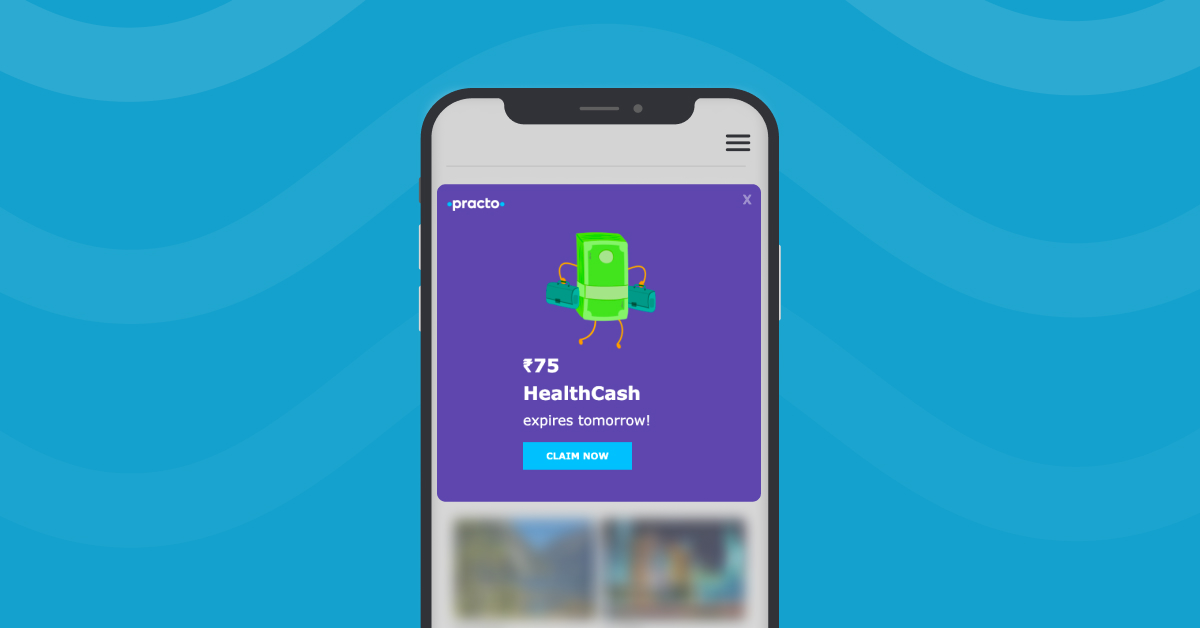
-
- Share appointment reminders, details, and consultation links
Notify customers before appointments and send them additional information on requirements, such as keeping their blood test reports handy and fasting before tests. Ensure you embed the video consultation link for quick access.
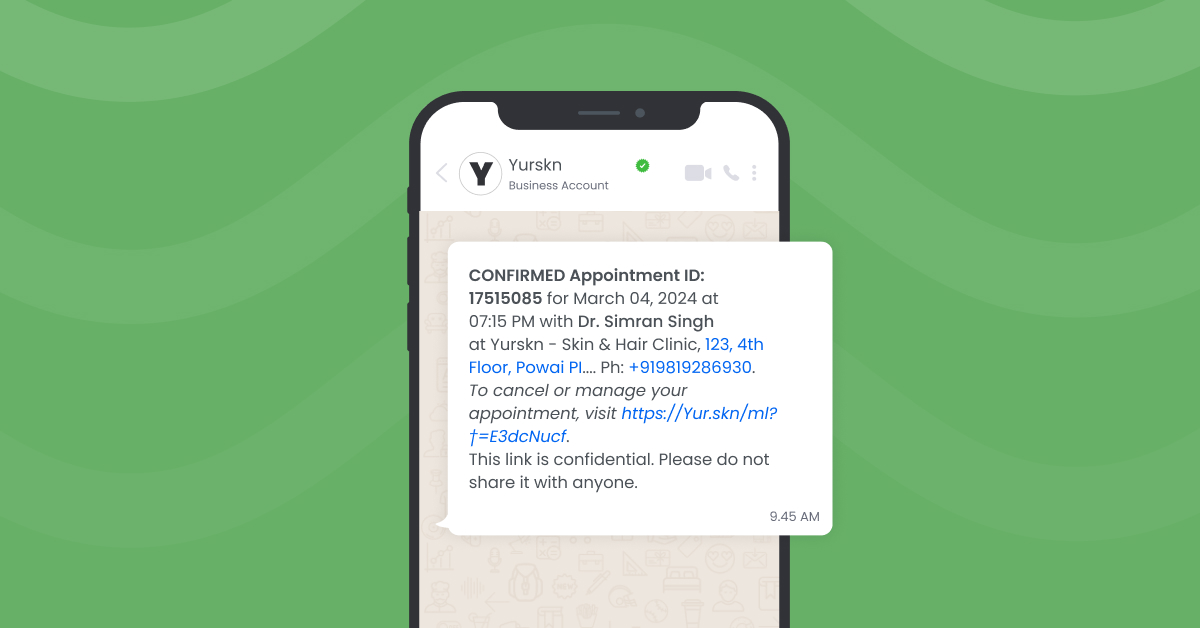
-
- Retarget dropped-off users with push notifications to complete the journey
Potential customers may have packages or tests lying in their carts – needing a nudge to finish their purchase. So, you could send custom push notifications to retarget such users. Tag along a one-time discount code within the notification to double-up the action.
-
- Send events/attributes to IVRs to prompt the users to complete the journey
Send customer events or event attributes to an Interactive Voice Response (IVR), such as the number of days since the last consultation was booked, the user’s previous app visit, check-up frequency, etc.
IVR System can help users book appointments and order tests/check-ups.
2. eCommerce/e-pharmacy
Ecommerce/e-pharmacy platforms like Tata 1mg, Cult.sport, PharmEasy, MediBuddy, and Netmeds deliver supplements, medicines, and wellness products by collecting orders through mobile apps, websites, or customer calls.
With increased consumer demand and newbies entering the market, the competition among such brands is now at an all-time high.
If you’re in the same boat, let’s discuss some engagement and retention strategies to stand out and sell more:
-
- Take the omnichannel route
Omnichannel engagement is when you maintain consistent messaging across multiple channels like SMS, emails, WhatsApp, push notifications, and websites.
Suppose a customer enquires about a prescription via email and decides to switch to SMS. You must ensure communication across each of these channels is personalized and capable of retaining context, irrespective of the customer switching them.
Additionally, you could develop an email marketing strategy to engage with subscribers and customers. Send personalized messages post-segmenting users based on their loyalty, purchase history, medical conditions, and browsing history.
Doing so can help you handle abandoned cart scenarios and upsell and recommend products based on user activity.
For example, send health tips, reminders to refill prescriptions, seasonal greetings, holiday sale discounts, reminders to checkout cart, and more through emails.
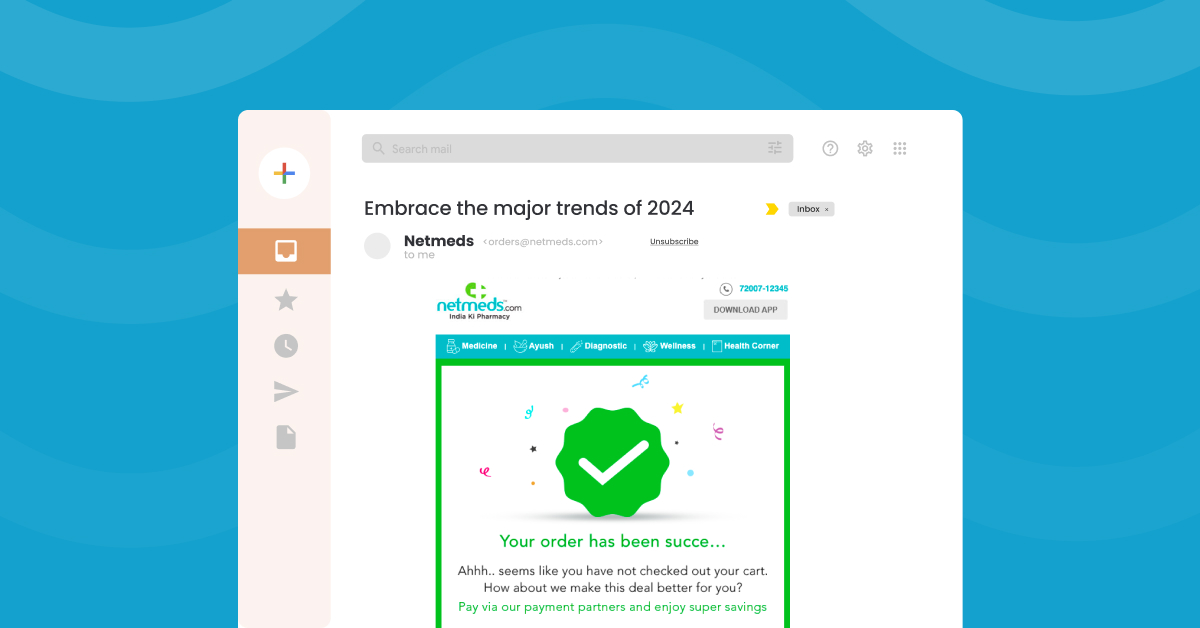
-
- Gamify engagement
Did you know gamifying the user experience drives loyalty by 22%?
Offering personalized in-app games or challenges can drive conversions and repeat purchases. For example, notifying app users of a “spin to win” challenge to access a limited-time reward.
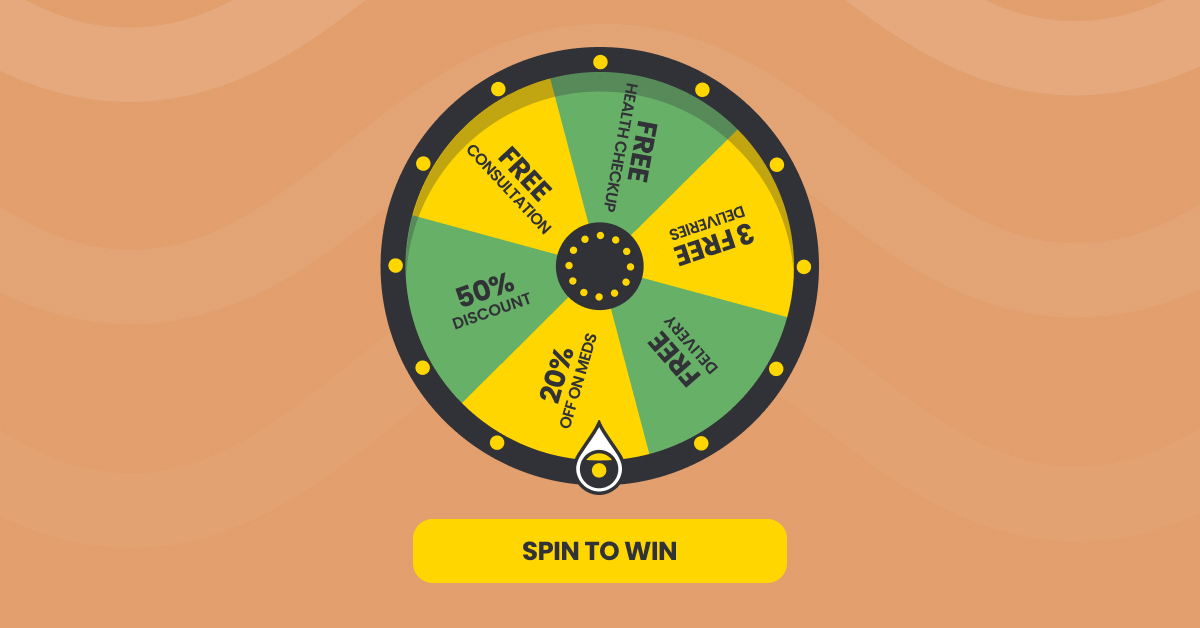
3. Subscriptions / Memberships
Most brands offer subscriptions and exclusive memberships for users to avail of offers such as premium access, member discounts, priority support, and more. For example, Practo has a monthly/yearly subscription plan named Practo Plus, where users can avail of premium discounts, connect faster with doctors, and get priority support.
User engagement strategy that helps:
Segment users for better targeting
Not every customer is likely to purchase a paid subscription or sign up for a membership. So, it’s best to segment customers who are most likely to purchase such plans before running hyper-personalized engagement campaigns targeting them.
For example, segment customers based on their total number of repeat purchases/inquiries, the average order value, and total fast-delivery opt-ins. The goal is to increase conversions among high-intent buyers and retain existing subscribers/members.
4. Plan-based Engagement
Some healthtech companies have also forayed into offering personalized wellness services and plans around nutrition, diet, workouts, etc.
For example, HealthifyMe has a paid plan called Healthify Pro that provides its members with a smart weight loss experience with tailored diets and workout regimes. So, their main engagement strategy for social media, email promotions, and in-app usage revolves around healthy weight loss and fitness.
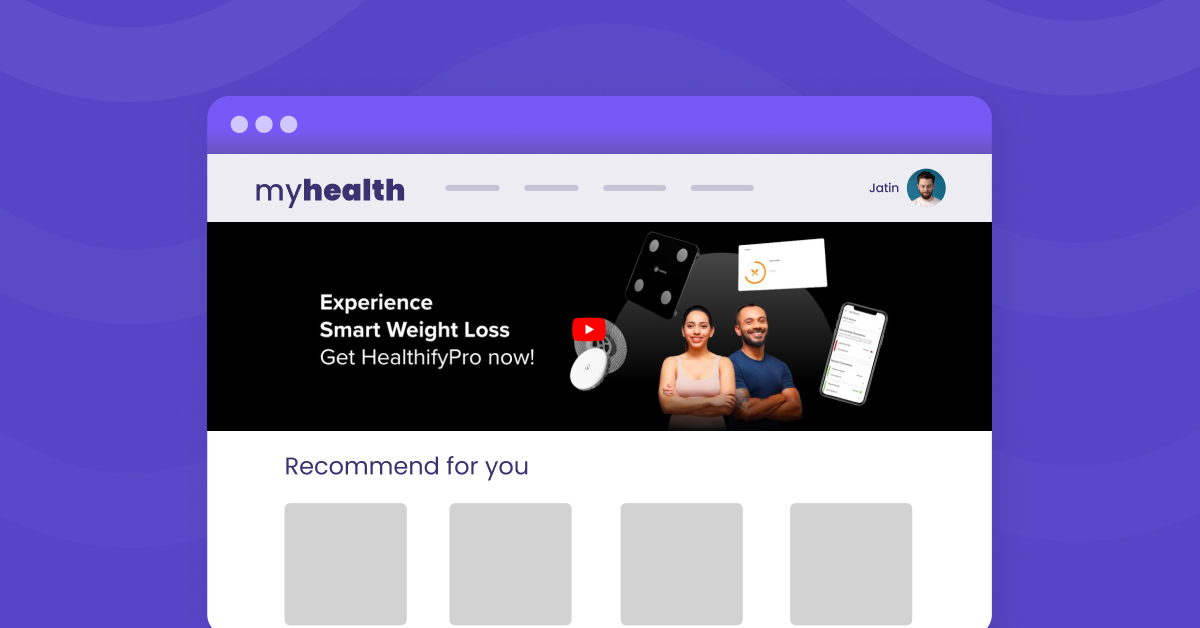
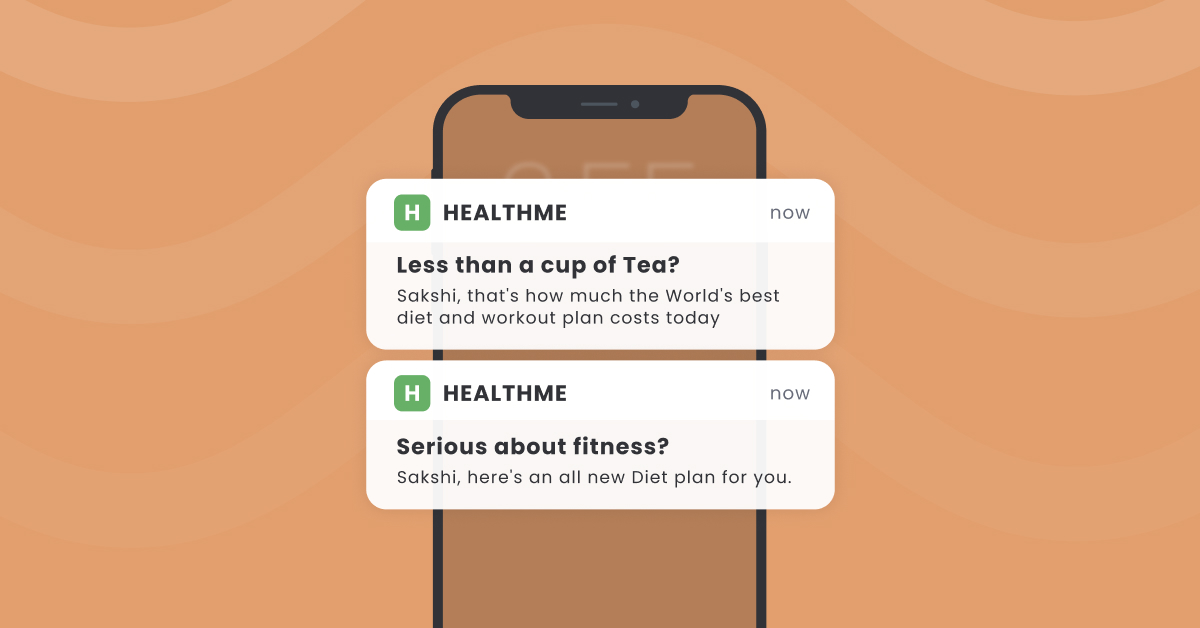
Here are a few other engagement strategies brands can work on:
-
- Collect calorie intake updates and share updates
Engage customers by collecting regular calorie intake updates through email or chat. Doing so encourages them not to fall off the grid and continue their subscription until fruition. You can then also follow up on this information with updates like, “Hey, you didn’t meet your macro goals for lunch. Ensure that your dinner is filled with XYZ grams of protein.”
-
- Send reports
Measuring and tracking progress is key to staying afloat. For example, sending notifications around the user goals like diet progress, health updates, etc, and post-workout reports can encourage customers to reach certain milestones.
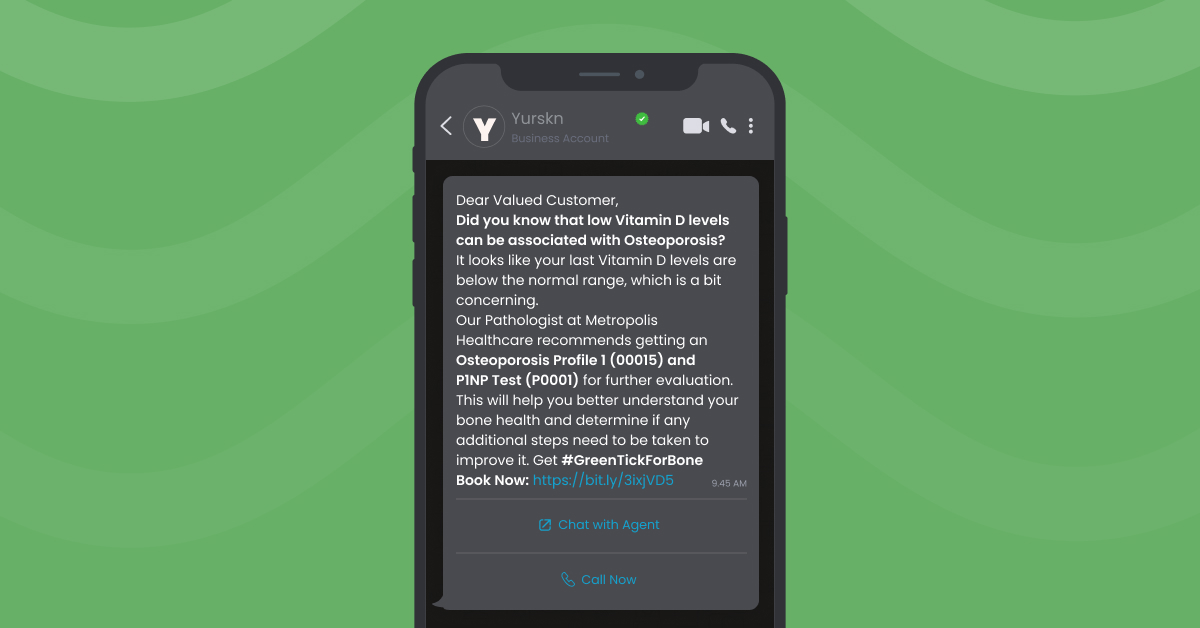
-
- Send up-to-date workout videos/helpful content like recipes and nutrition plans
Curating educational content like workout videos, step-wise recipe guides, and individualized nutrition plans makes customers more likely to continue the partnership with a brand that’s super invested in customers’ well-being.
-
- Share success stories related to customer goals
Relatable customer testimonials can influence new users while showcasing the brand’s credibility.
Sharing customer success stories and results related to each customer’s unique goals ignites active engagement among nervous newbies. For example, sharing a diabetic customer’s weight loss success story with a segment of users with a similar health condition as part of the email campaign makes for good message resonance.
Conclusion
Prioritizing user engagement lets you build meaningful connections with customers and create a well-connected system where customers are comfortable sharing their health information.
With WebEngage, you can uncover many such unique tactics to get in touch with your customers across channels while offering them a holistic and personalized experience. Eventually, you can notice a drastic change in metrics, such as brand awareness, user retention, dropout rate, time spent on your app or website, and more.
WebEngage comes with various advanced features, like customer segmentation, in-app personalization, cohort analysis, and more, that make it possible for health-tech companies to make the most of the strategies above.






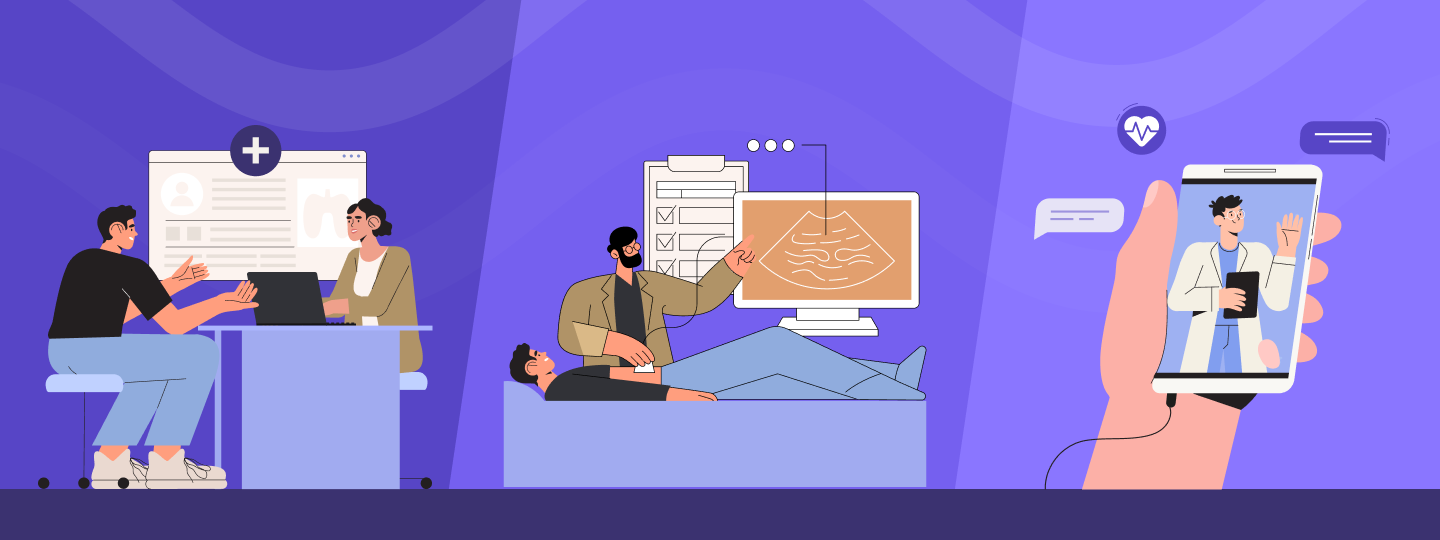

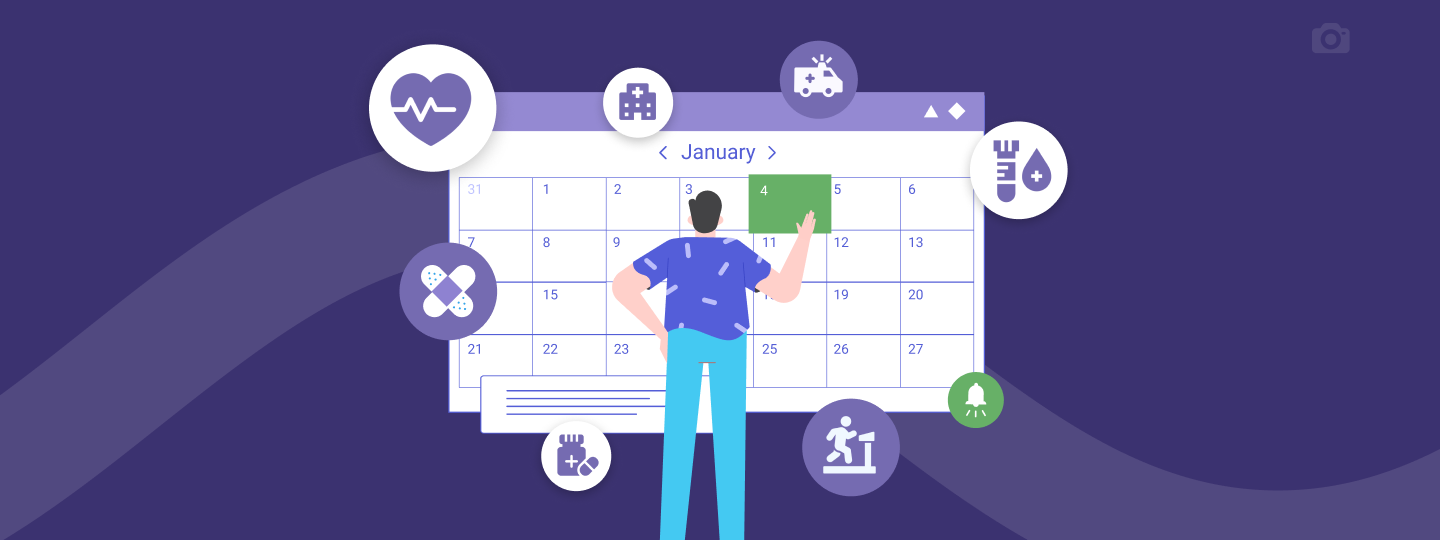
 Dev Iyer
Dev Iyer
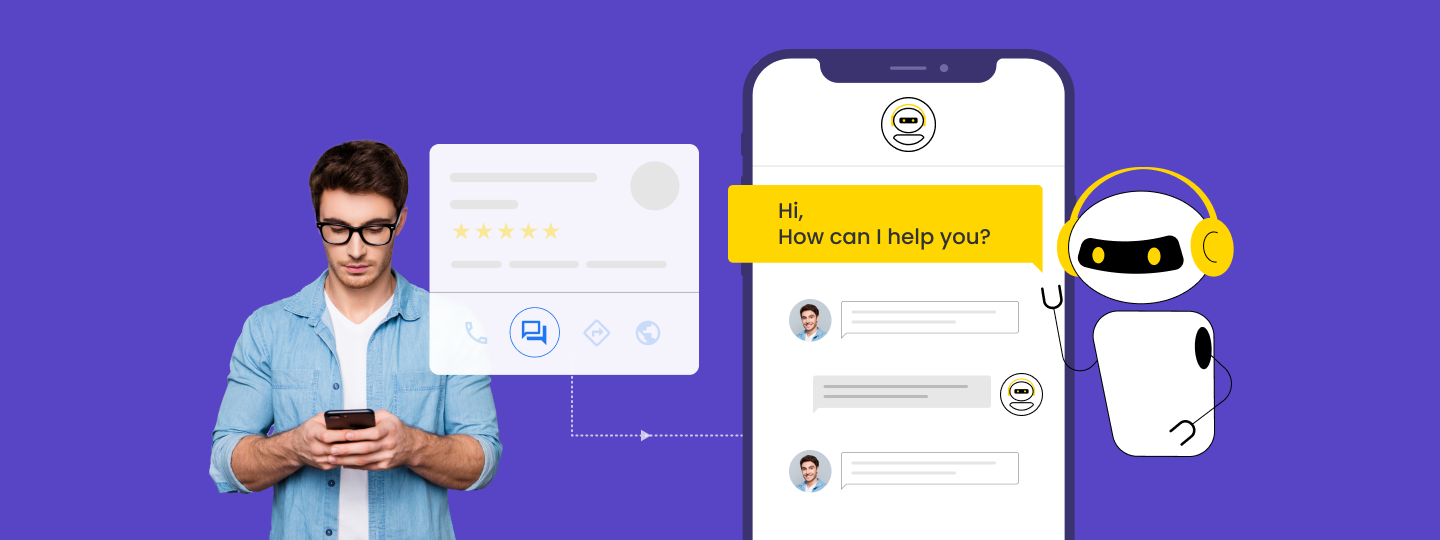
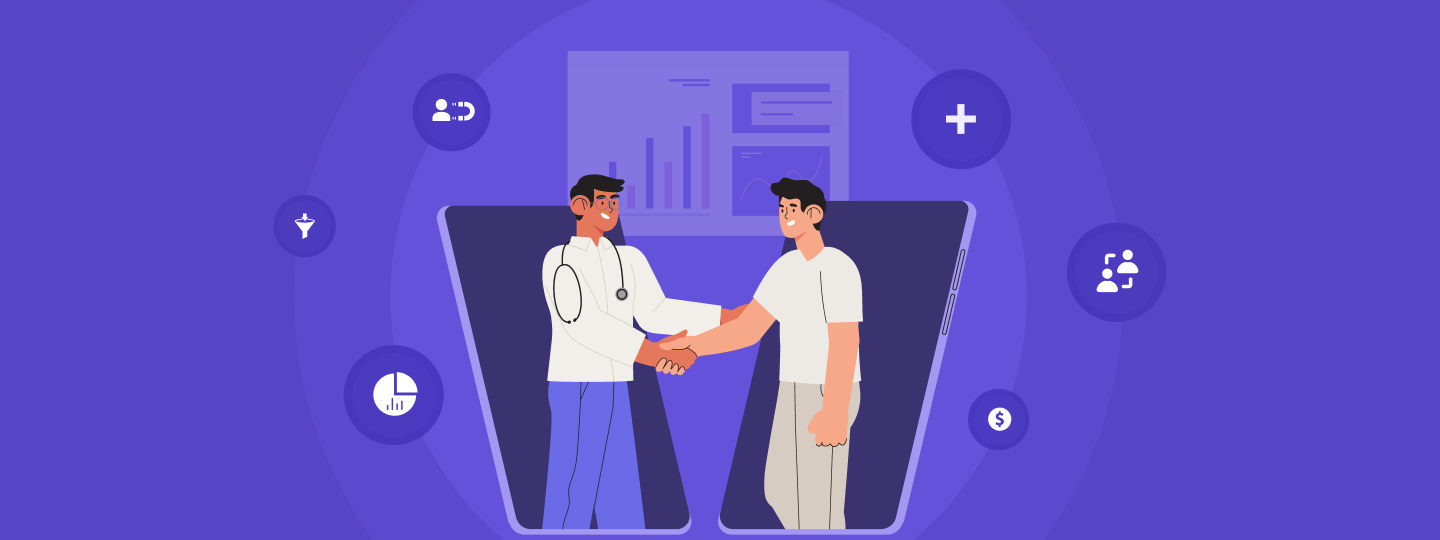
 Inioluwa Ademuwagun
Inioluwa Ademuwagun